Pickling and passivation of stainless steel pipes is a common process used to improve the corrosion resistance and extend the service life of stainless steel pipes. Pickling is a method of using chemical reactions to dissolve rust, oxide films and other products on the surface of the workpiece without affecting the base metal. Passivation is a method of using chemical reactions to form a dense oxide film on the surface of the workpiece. Its purpose is to prevent electrochemical corrosion by establishing an oxide film or oxygen adsorption layer on the surface of the workpiece, thereby improving the corrosion resistance (anti-electrochemical corrosion) of the metal.
Which steel pipes need pickling and passivation?
Only steel pipes with high requirements for surface cleanliness and corrosion resistance, such as stainless steel pipes, high-pressure seamless pipes, boiler pipes, heat exchanger pipes and carbon steel pipes used for chemical transportation, need to be pickled and passivated to remove oxide scale and impurities, enhance the passivation film and improve corrosion resistance; while carbon steel welded pipes or oil casings used in ordinary structures, construction, water supply and other occasions are usually not pickled and passivated because they have lower requirements for appearance and corrosion resistance or have other anti-corrosion processes.
In addition, API standard oil casing and oil pipes commonly used in the oil industry do not often use pickling and passivation processes. These steel pipes are mostly used in high-pressure and complex environments underground. They are often phosphated, shot blasted or coated with anti-rust oil before leaving the factory, and have high requirements for thread protection. Pickling may corrode or damage the threads, which is not conducive to on-site construction. Therefore, it is not recommended to pickle them at the finished product stage.
The pipeline pickling and passivation process is of great significance in the industrial field. This process can effectively remove oxides and dirt on the surface of steel pipes, improve their corrosion resistance and service life.
Pipeline pickling and passivation process steps
Pipe pickling and passivation of steel pipes is a cleaning process based on chemical reactions, which mainly includes the following steps:
1. Cleaning: First, pre-treat the surface of the steel pipe to remove dust, grease and other impurities on the surface. Common cleaning methods include water washing, air blowing and wiping.
2. Wetting: Apply a layer of chemical reagent to the surface of the cleaned steel pipe so that the subsequent pickling and passivation processes can work better. The wetting agent is usually a solution containing a surfactant.
3. Pickling: Soak the steel pipe in the pickling solution, which can remove oxides and dirt on the surface of the steel pipe. Commonly used pickling solutions include hydrochloric acid, sulfuric acid and nitric acid.
4. Passivation: Take the steel pipe out of the pickling solution, rinse it with water, and soak it in the passivation solution to form a protective film to improve the corrosion resistance of the steel pipe.
5. Drying: Dry the passivated steel pipe to avoid corrosion caused by a humid environment.
During the pickling and passivation process, the following points should be noted:
1. Concentration and temperature of pickling solution: The concentration and temperature of pickling solution have an important influence on the pickling effect. Usually, the concentration of pickling solution is between 5% and 30%, and the temperature is controlled between 40 and 80℃.
2. Pickling time: Too long pickling time may cause excessive erosion on the surface of steel pipe, while too short pickling time may lead to incomplete removal of oxides and dirt. Therefore, it is necessary to select an appropriate pickling time according to the actual situation.
3. Composition of passivation solution: Passivation solution is usually composed of oxidant, promoter and corrosion inhibitor, which can effectively improve the corrosion resistance of steel pipe surface. Among them, oxidant usually uses nitrate or hydrogen peroxide, promoter uses ammonium chloride or formic acid, and corrosion inhibitor uses amine or quaternary ammonium salt.
4. Passivation time: Passivation time also has a great influence on the corrosion resistance of steel pipe surface. Usually, the passivation time is between 10 and 60 minutes.
During the pickling and passivation process, the following problems and solutions may exist:
1. Over-corrosion: During the pickling process, if the concentration of the pickling solution is too high or the temperature is too high, it may cause excessive corrosion on the surface of the steel pipe. To avoid over-corrosion, it is necessary to strictly control the concentration and temperature of the pickling solution and replace the pickling solution in time.
2. Uneven corrosion: If the pickling time is too long or too short, it may cause uneven corrosion on the surface of the steel pipe. To ensure corrosion uniformity, it is necessary to select an appropriate pickling time according to actual conditions.
3. Bubble problem: During the passivation process, if there are bubbles, it may lead to poor passivation effect. To avoid bubble problems, it is necessary to ensure that the surface of the steel pipe is clean and thoroughly drained before passivation.
4. Too high temperature: During the passivation process, if the temperature is too high, it may cause holes in the passivation film. To avoid holes, it is necessary to strictly control the temperature of the passivation solution.






 English
English Español
Español بالعربية
بالعربية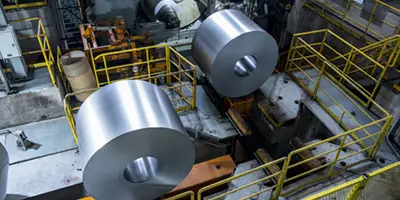

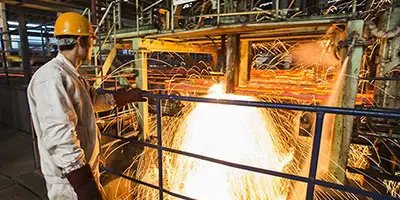
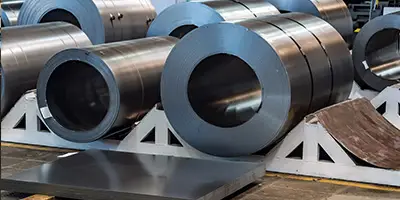

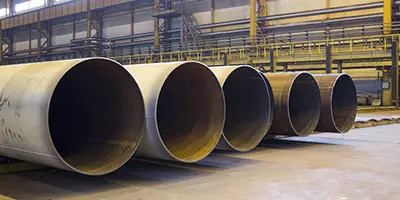
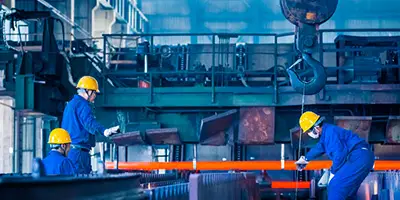
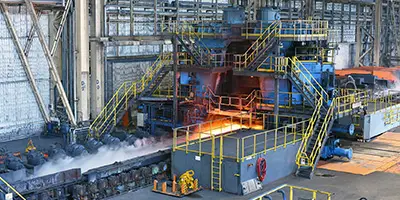
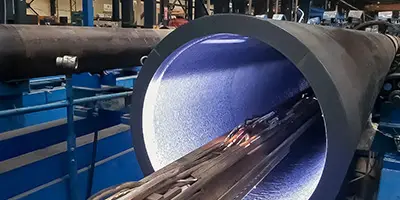
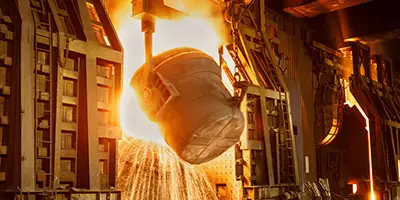
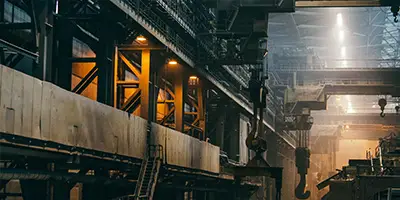
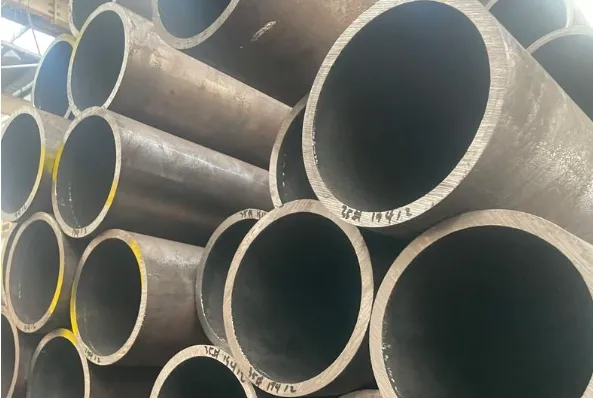
 Phone :
Phone :  Whatsapp :
Whatsapp :  Email :
Email : 


